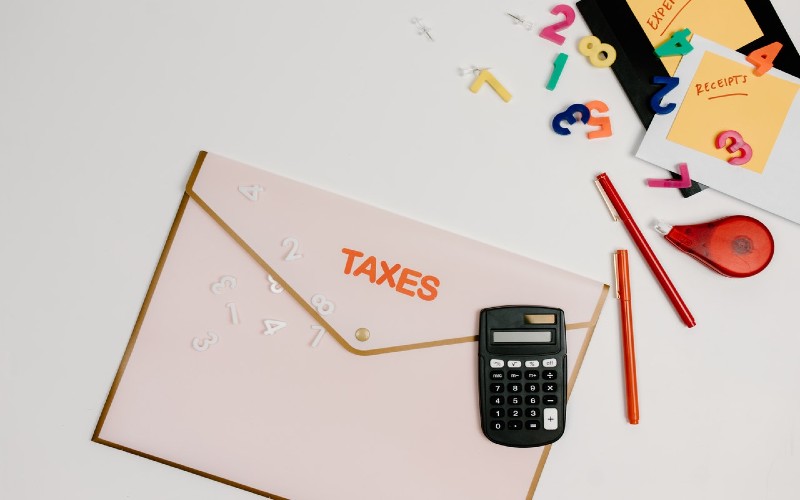
Victorian homebuyers are paying the highest stamp duty in Australia, significantly higher than buyers in Queensland and New South Wales.
Housing Industry Association (HIA)’s annual Stamp Duty Watch report found that Victorian homebuyers paid an average of $40,370 in stamp duty in November 2021, which is equivalent to around 5% of the state’s median property price ($755,000).
In comparison, homebuyers in New South Wales paid $34,807 during the same period, which is 4% of the state’s median price.
The difference was more significant in Queensland, where homebuyers paid $11,005 in stamp duty or 2% of the median property price.
HIA executive director Fiona Nield said the stamp duty in Victoria means that the state government pockets more than $40,000 every time a home is sold.
“The tax impost — the highest in the nation — is shattering the home ownership dreams of many Victorians and potentially driving much needed skilled labour out of the state,” she said.
“The implications of high stamp duty and high property taxes are being felt across the state, and right across the state’s economy including hampering our ability to retain and attract skilled workers, who are increasing being lured to other states because of more affordable housing.”
This cost, Ms Nield said, does not take into account other “punitive” taxes, which include the new social housing tax announced recently.
“The state government appears set on layering tax upon tax on homebuyers and the housing industry, and this is putting pressure on all parts of the housing market including trapping people in the private rental market instead of lifting them into home ownership,” she said.
The state government recently announced a new property tax aimed at boosting the local social housing fund.
The new tax will see newly built projects with three dwellings or more and three or more lot subdivisions contribute 1.75% of their “as-if-complete-project value” to Victoria’s Social Housing Growth Fund.
Minister for Housing Richard Wynne said the change will affect less than 30% of all residential planning permits.
“This is an investment in more new homes, more jobs and more training opportunities for local tradies, with every dollar re-invested in the Victorian construction sector to build more social and affordable homes,” he said.
Ms Nield said this new tax could add over $6,600 to the cost of land for new homes.
“It simply doesn’t make sense to suggest that making houses for those that can afford to buy a new house cost more is the right solution to support those that can’t afford to buy one,” she said.
“To make home ownership a reality for more Victorians, we must reduce the amount of money they’re paying into the government coffers and increase the amount they’re able to pay towards the cost of a home.”
—
Photo by @tara-winstead on Unsplash
Collections: Mortgage News Property News



Share